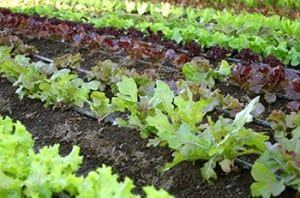 1. Make plans to attend the UConn Garden Conference on March 21, 2014. Go to www.2014garden.uconn.edu for more information.
1. Make plans to attend the UConn Garden Conference on March 21, 2014. Go to www.2014garden.uconn.edu for more information.
2. Carefully remove winter mulches from planting beds as snow melts and temperatures warm.
3. Add limestone, fertilizer or organic materials as recommended and incorporate into planting beds.
4. As ground becomes workable, de-thatch the lawn if you find an inch or more of thatch; seed any bare spots.
5. Seeds of annual flowers and vegetables that require 10-12 weeks of growth before transplanting can be sown indoors now.
6. Plant seeds of cold weather vegetables like spinach, peas, lettuce and broccoli as soon as soil is workable.
7. Soak mail order bare-root plants for about an hour before planting.
8. Start saving plastic milk jugs or 2 liter containers to use for individual hot caps or cloches. They will fit nicely over small garden plants, creating a free miniature greenhouse.
9. Clean-up and sharpen garden tools and take an inventory of supplies you will need for the upcoming growing season.
10. Get your soil tested through the UConn Soil Nutrient Analysis Laboratory before any major planting or fertilizing venture. Soils sent in before April 1 will avoid the spring rush.